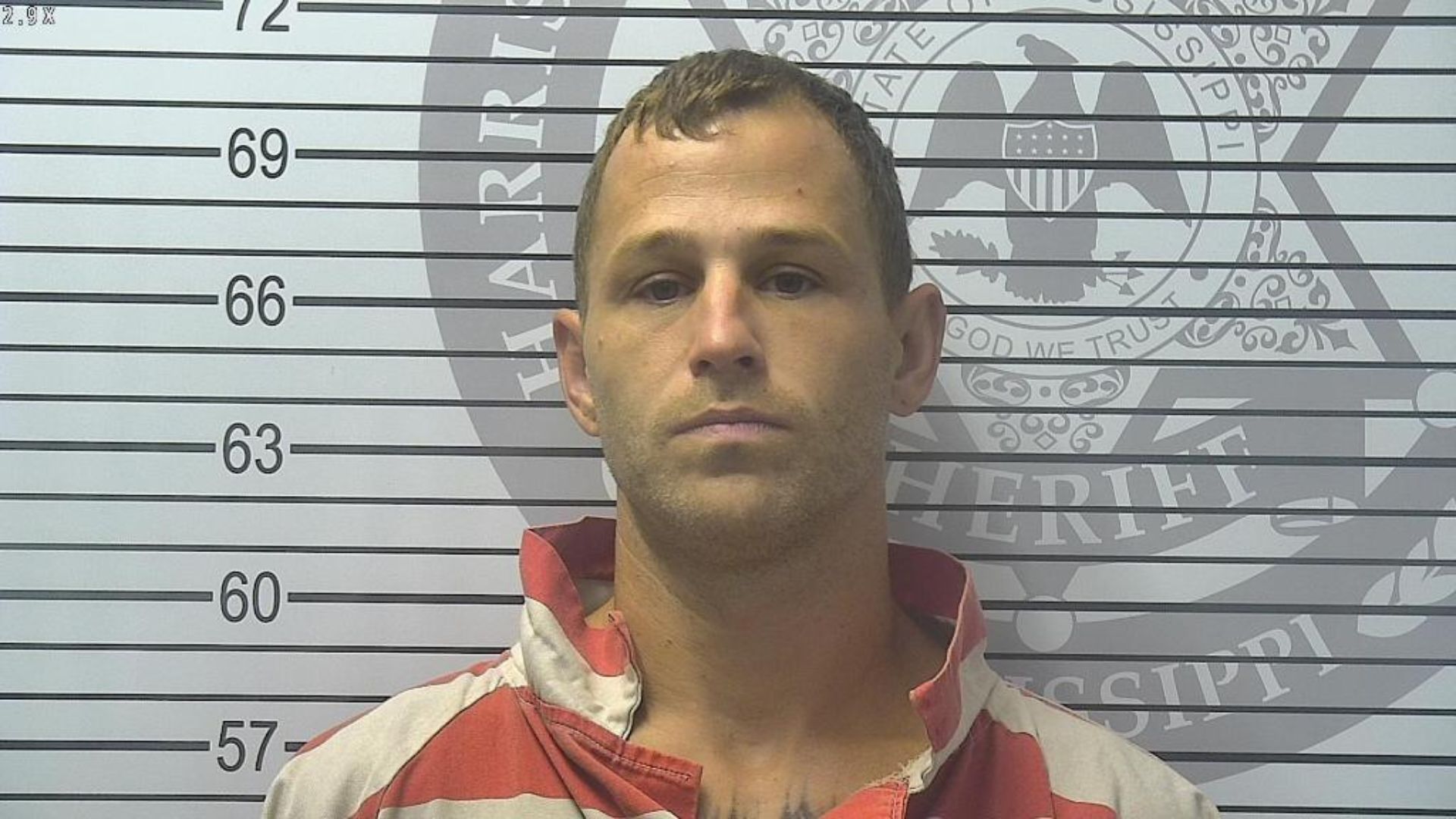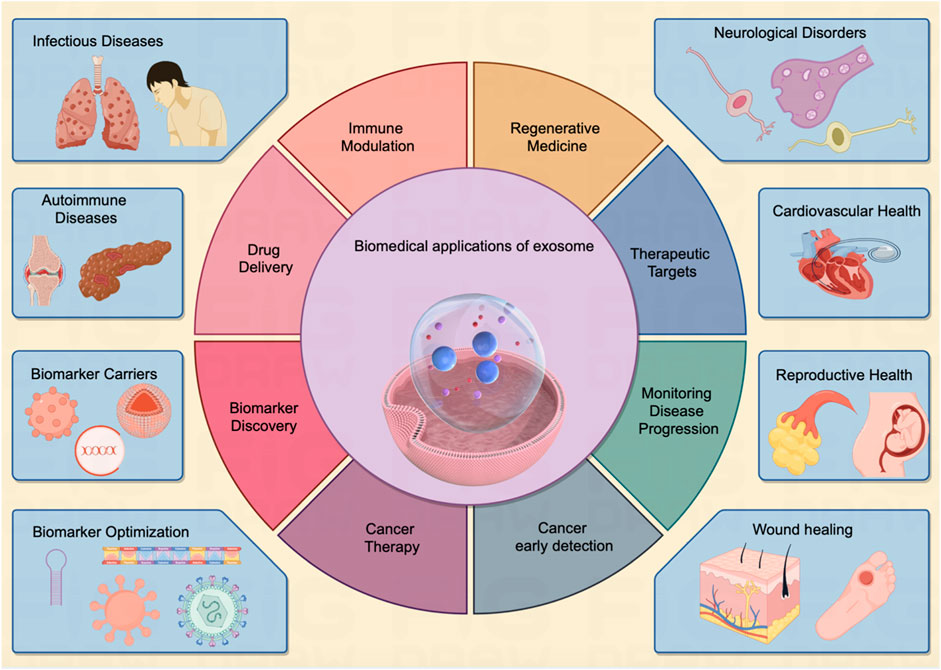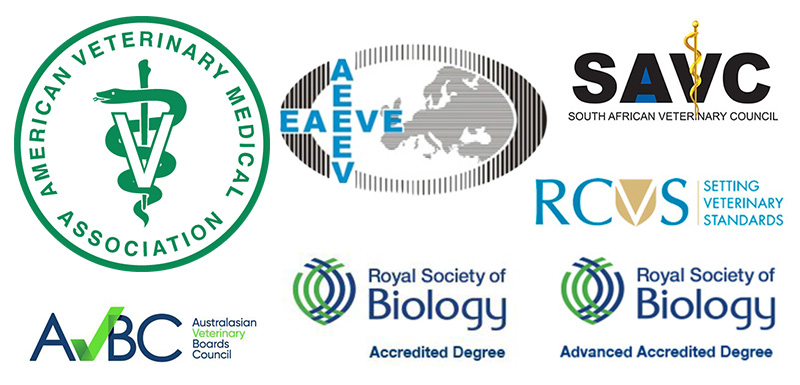Report on Public Health Advocacy and Advanced Medical Treatment in Alignment with Sustainable Development Goals
Introduction: Deion Sanders’ Health Disclosure as a Catalyst for SDG 3
A recent public announcement by Colorado Buffaloes Head Football Coach, Deion Sanders, regarding his successful battle with bladder cancer, serves as a significant case study in public health advocacy and the importance of advanced medical care. This report analyzes the event through the lens of the United Nations Sustainable Development Goals (SDGs), primarily focusing on SDG 3 (Good Health and Well-being), with additional relevance to SDG 9 (Industry, Innovation, and Infrastructure) and SDG 17 (Partnerships for the Goals).
Analysis of Medical Intervention and Public Health Impact
Medical Case Summary
Coach Sanders, in a press conference with his medical team from CU Anschutz and UCHealth, disclosed details of his diagnosis and treatment. The key medical facts are as follows:
- Diagnosis: High-risk, non-muscle invasive bladder cancer, which necessitated surgical intervention.
- Procedure: A robotic laparoscopic surgery was performed to remove the bladder and associated lymph nodes. Subsequently, a new bladder was constructed using the patient’s own intestines.
- Performing Institution: The procedure was conducted at the CU Cancer Center at the UCHealth University of Colorado Hospital.
- Current Status: Mr. Sanders is considered “cancer-free” and will be kept on a routine surveillance protocol to monitor his long-term health.
Alignment with SDG 3: Good Health and Well-being
Mr. Sanders’ public platform has been leveraged to directly support the targets of SDG 3, which aims to ensure healthy lives and promote well-being for all at all ages. His actions contribute in several ways:
- Promoting Preventative Care: By stating, “There are some folks right now calling the doctors to schedule checkups,” Sanders actively encourages early detection and preventative health measures, a cornerstone of reducing mortality from non-communicable diseases (Target 3.4).
- Raising Awareness: The disclosure brings significant public attention to bladder cancer, demystifying the condition and encouraging public discourse on health issues that are often private.
- Highlighting Access to Quality Care: The case showcases the availability and success of advanced healthcare services, emphasizing the importance of access to quality treatment for achieving positive health outcomes (Target 3.8).
The Role of Innovation and Collaboration in Health Outcomes
SDG 9: Industry, Innovation, and Infrastructure
The treatment received by Mr. Sanders highlights the critical role of technological innovation in modern healthcare, a key component of SDG 9.
- Advanced Surgical Technology: The use of robotic laparoscopic surgery represents a significant innovation in medical infrastructure. This technique allows for less invasive procedures, potentially leading to faster recovery times and better patient outcomes.
- Specialized Health Infrastructure: The capacity of institutions like the UCHealth University of Colorado Hospital to perform such complex procedures demonstrates a robust and resilient health infrastructure capable of delivering cutting-edge care.
SDG 17: Partnerships for the Goals
The press conference was a clear example of a multi-stakeholder partnership working to achieve a common objective, reflecting the spirit of SDG 17.
- Collaborative Advocacy: The event brought together a prominent public figure (Deion Sanders), medical experts (Dr. Janet Kukreja), and leading healthcare institutions (CU Anschutz, UCHealth).
- Shared Objective: This partnership effectively combined a personal narrative with expert medical information to deliver a powerful public health message, demonstrating how collaboration can amplify impact and contribute to achieving global health goals.
Analysis of SDGs, Targets, and Indicators
1. Which SDGs are addressed or connected to the issues highlighted in the article?
The article primarily addresses issues related to health, medical innovation, and partnerships. Based on the content, the following Sustainable Development Goals (SDGs) are relevant:
- SDG 3: Good Health and Well-being: This is the most central SDG, as the article focuses on a specific health condition (bladder cancer), its advanced treatment, the patient’s recovery, and the importance of health awareness.
- SDG 9: Industry, Innovation, and Infrastructure: The article details the use of advanced medical technology and surgical procedures, which connects to the innovation aspect of this goal.
- SDG 17: Partnerships for the Goals: The collaboration between different institutions to provide comprehensive medical care is a key theme, directly linking to this SDG.
2. What specific targets under those SDGs can be identified based on the article’s content?
Based on the article’s discussion of cancer treatment, technology, and institutional collaboration, the following specific targets can be identified:
-
SDG 3: Good Health and Well-being
- Target 3.4: By 2030, reduce by one-third premature mortality from non-communicable diseases through prevention and treatment and promote mental health and well-being.
- Explanation: The article is a case study of successful treatment for a non-communicable disease (NCD), specifically “high-risk, non-muscle invasive bladder cancer.” Coach Sanders’ successful surgery and “cancer-free” status exemplify the “treatment” aspect of this target. His public statement, “Because if it can happen to Prime, it can happen to you,” aims to promote prevention through early checkups.
- Target 3.8: Achieve universal health coverage, including financial risk protection, access to quality essential health-care services and access to safe, effective, quality and affordable essential medicines and vaccines for all.
- Explanation: The article highlights access to “quality essential health-care services.” The detailed description of the advanced robotic surgery performed at the UCHealth University of Colorado Hospital showcases the availability of high-quality, effective, and safe medical procedures.
- Target 3.4: By 2030, reduce by one-third premature mortality from non-communicable diseases through prevention and treatment and promote mental health and well-being.
-
SDG 9: Industry, Innovation, and Infrastructure
- Target 9.5: Enhance scientific research, upgrade the technological capabilities of industrial sectors in all countries…encouraging innovation.
- Explanation: The article explicitly mentions the innovative medical technology used for the surgery. Dr. Kukreja states, “we usually do the procedure robotically, so it’s a laparoscopic surgery where we attach a robot to the patient.” This description of robotic surgery is a direct example of upgrading the technological capabilities within the healthcare sector.
- Target 9.5: Enhance scientific research, upgrade the technological capabilities of industrial sectors in all countries…encouraging innovation.
-
SDG 17: Partnerships for the Goals
- Target 17.17: Encourage and promote effective public, public-private and civil society partnerships, building on the experience and resourcing strategies of partnerships.
- Explanation: The article points to a successful partnership in the healthcare field. It mentions that Coach Sanders appeared with his medical team, “including representatives from CU Anschutz and UCHealth,” and specifically names the “CU Cancer Center at the UCHealth University of Colorado Hospital.” This represents a partnership between a university/research institution and a healthcare system to deliver advanced care.
- Target 17.17: Encourage and promote effective public, public-private and civil society partnerships, building on the experience and resourcing strategies of partnerships.
3. Are there any indicators mentioned or implied in the article that can be used to measure progress towards the identified targets?
The article contains several specific details that can serve as qualitative indicators for measuring progress towards the identified targets:
-
Indicators for SDG 3
- Indicator for Target 3.4: The successful treatment of “high-risk, non-muscle invasive bladder cancer” serves as a case-study indicator for reducing mortality from NCDs. Coach Sanders’ statement encouraging others to “schedule checkups” implies a potential increase in cancer screening rates, a key preventative measure.
- Indicator for Target 3.8: The availability and successful application of advanced procedures like “robotically” assisted “laparoscopic surgery” and the creation of a new bladder from a patient’s intestines are indicators of access to quality and effective health services.
-
Indicator for SDG 9
- Indicator for Target 9.5: The specific mention of using a “robot” for surgery is a direct indicator of the adoption of advanced technology and innovation within the healthcare industry.
-
Indicator for SDG 17
- Indicator for Target 17.17: The existence of the “CU Cancer Center at the UCHealth University of Colorado Hospital” is a concrete indicator of a functioning, multi-stakeholder partnership between academic (CU Anschutz) and healthcare (UCHealth) institutions.
4. Summary Table of SDGs, Targets, and Indicators
| SDGs | Targets | Indicators |
|---|---|---|
| SDG 3: Good Health and Well-being | 3.4: Reduce premature mortality from non-communicable diseases (NCDs) through prevention and treatment. | Successful treatment of “high-risk, non-muscle invasive bladder cancer”; Public awareness campaign encouraging people to “schedule checkups.” |
| 3.8: Achieve access to quality essential health-care services. | Availability of advanced medical procedures such as robotic laparoscopic surgery and neobladder reconstruction. | |
| SDG 9: Industry, Innovation, and Infrastructure | 9.5: Enhance scientific research and upgrade technological capabilities. | Use of robotic technology for surgery (“we usually do the procedure robotically”). |
| SDG 17: Partnerships for the Goals | 17.17: Encourage and promote effective public, public-private and civil society partnerships. | Collaboration between “CU Anschutz and UCHealth” at the “CU Cancer Center at the UCHealth University of Colorado Hospital.” |
Source: cbsnews.com







